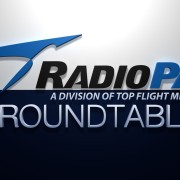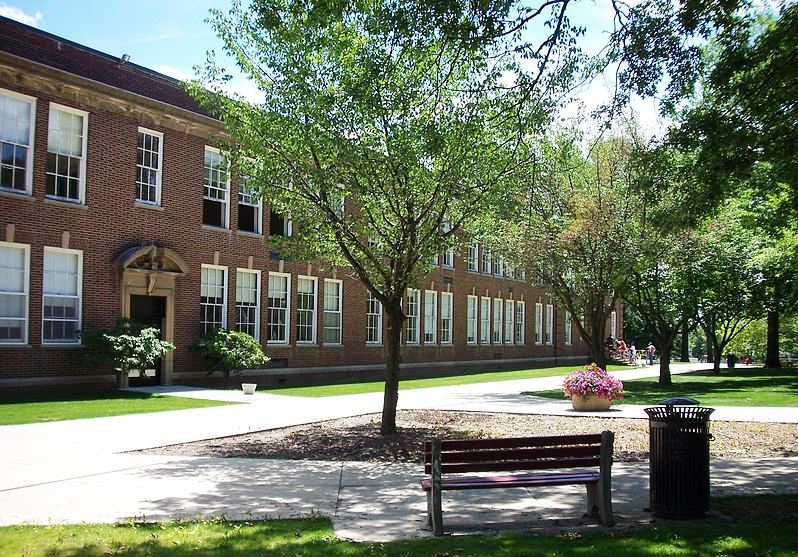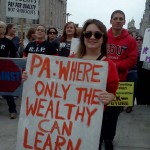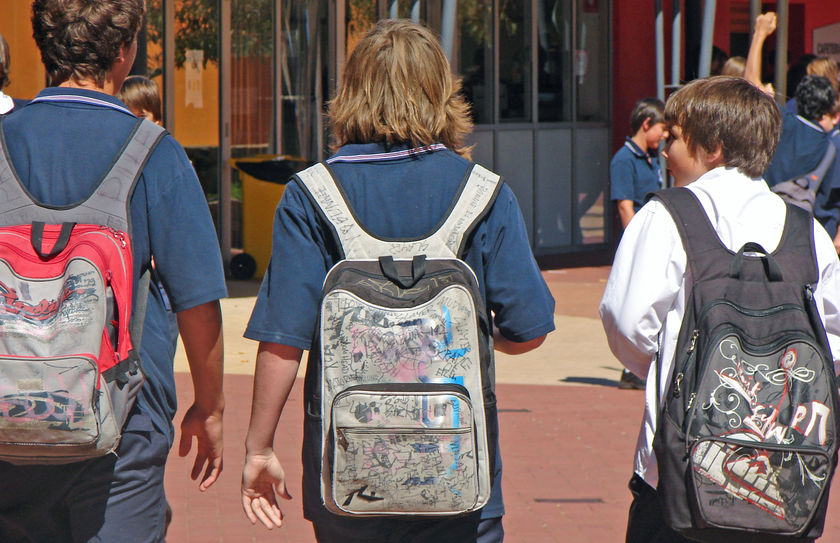Wilkes Prof. Makes Holiday Sales Forecast
It’s only October, but consumers are already browsing for their holiday purchases, and Wilkes University’s Dr. Anthony Liuzzo is already out with his 2012 Holiday Retail Sales Forecast. “I’m predicting that sales with increase by 3%, and that would be same store sales for November and December,” Liuzzo tells Radio PA. 2011 holiday sales increased by 4.1%.
Liuzzo says consumers want to spend more this year, but consumer confidence remains low and economic conditions may prevent them from opening their wallets too wide.
In addition to consumer confidence, a litany of variables goes into Liuzzo’s holiday sales forecast. For instance, the fact that this is a presidential election year is a good thing for retailers. “Whether it’s Barack Obama or Mitt Romney it really won’t have an impact. There’s still a certain sense of euphoria, there’s a certain sense that things are going to get better.”
Another positive for retailers is the day on which Christmas falls. “We’re going to have our Christmas on Tuesday and that gives us five full weeks [of shopping]. Actually, there are 32-shopping days in this Christmas season. That is the most there can possibly be, because Thanksgiving falls out very early.
Consumers spend about $1,000 dollars during the holiday retail sales period, on average. That breaks down to $700 on family; $150 on friends; $50 on co-workers and $100 on everybody else.








